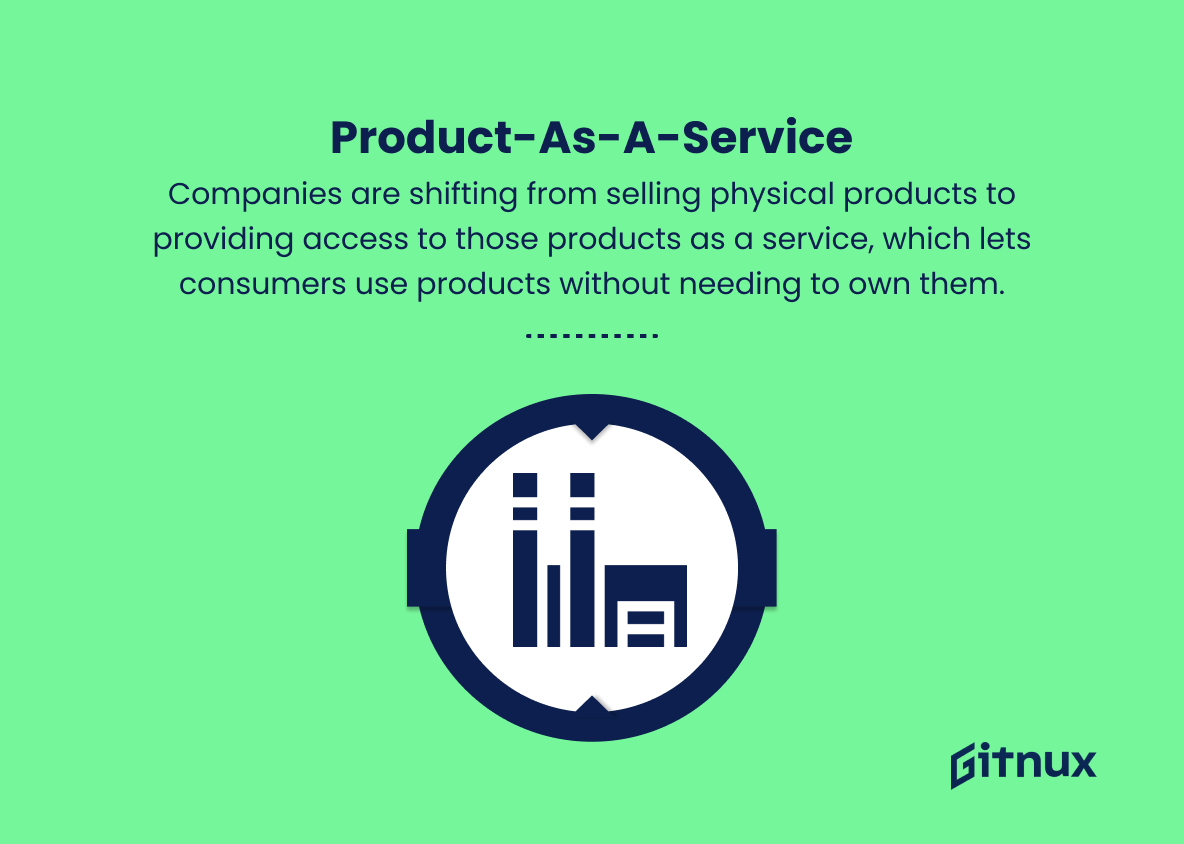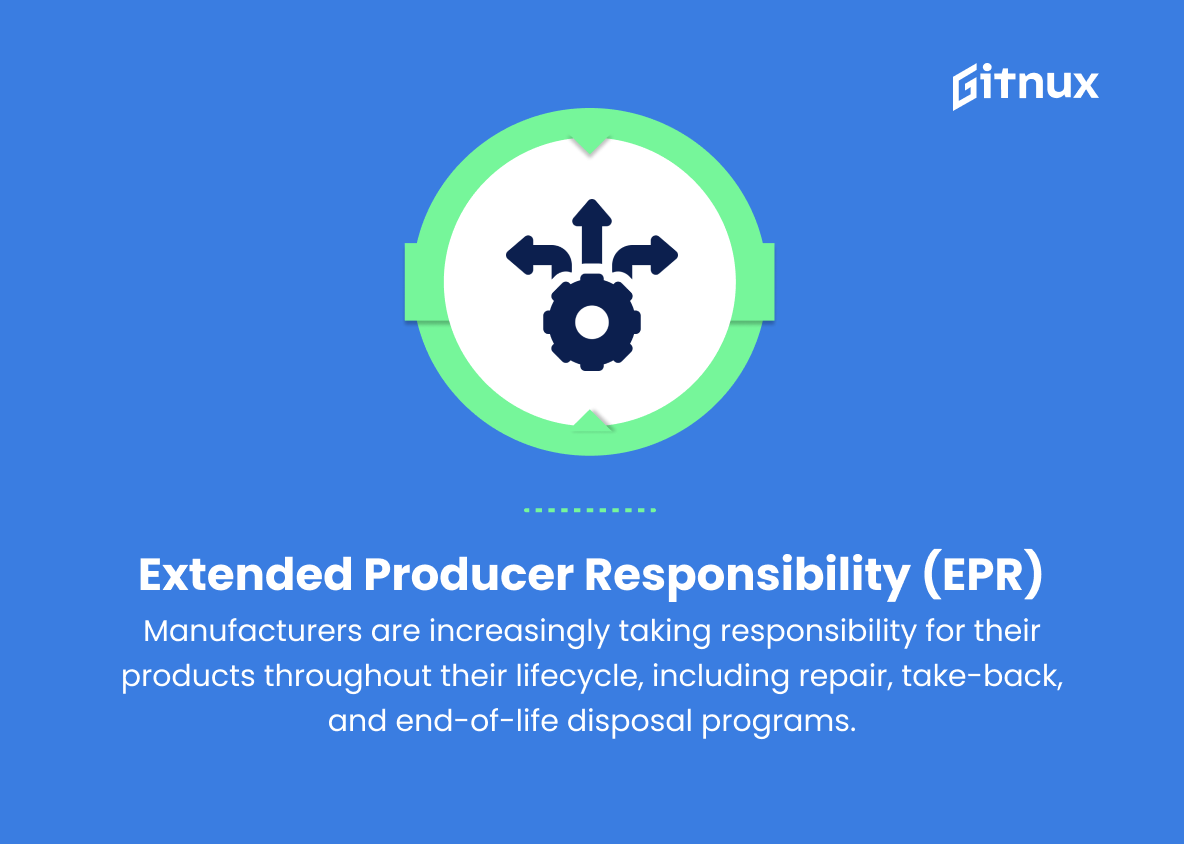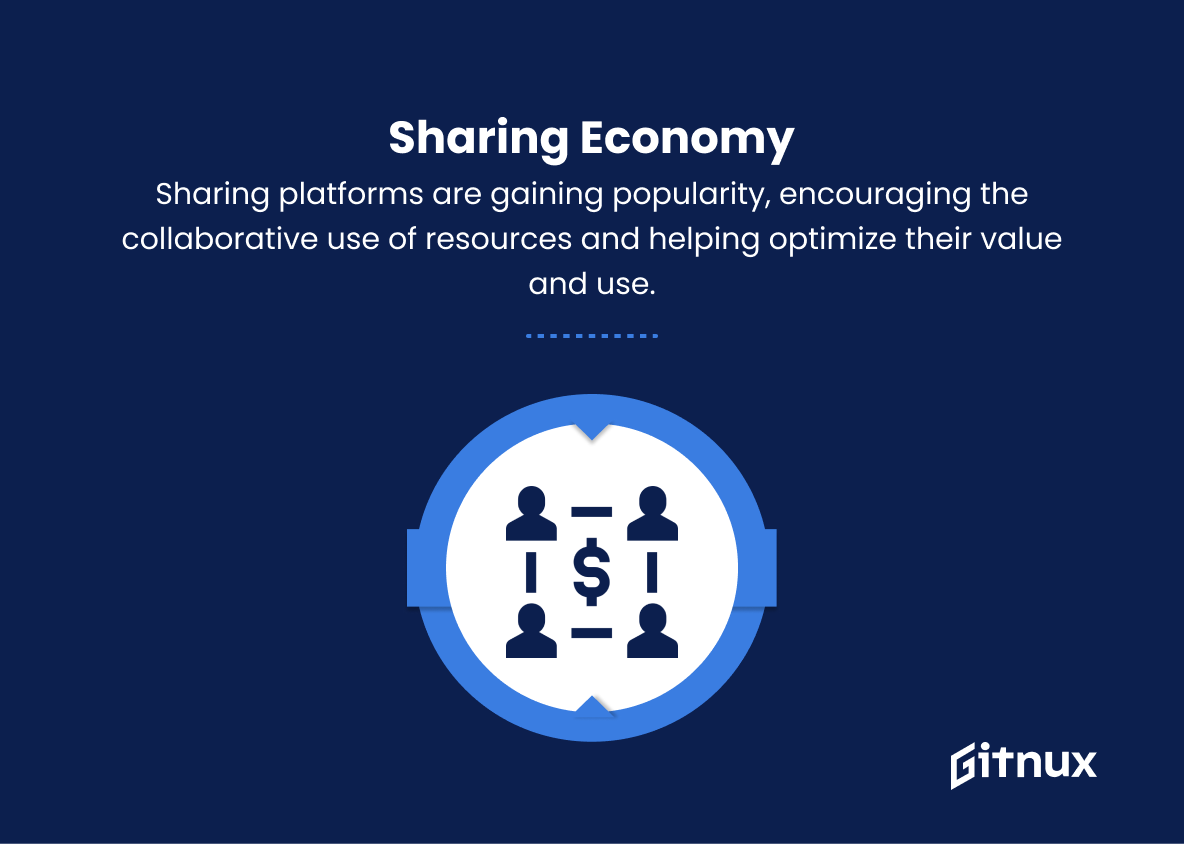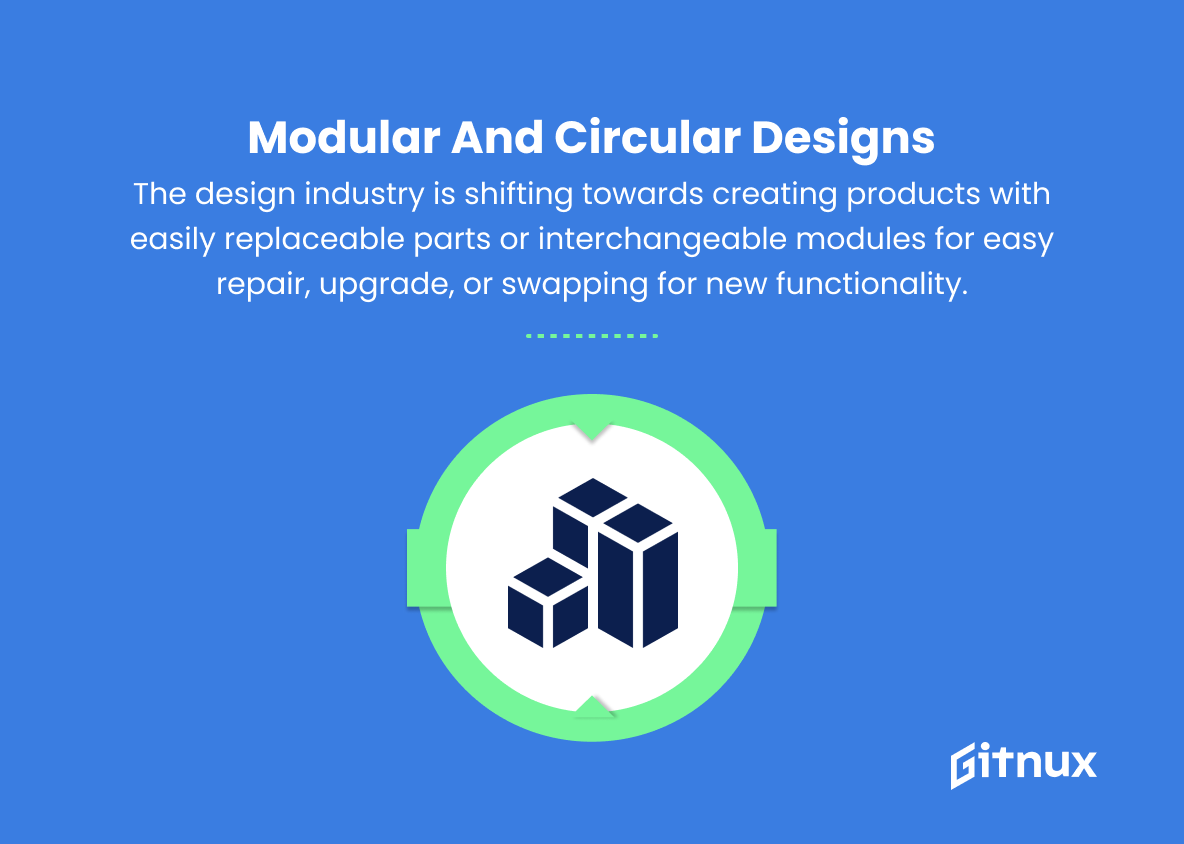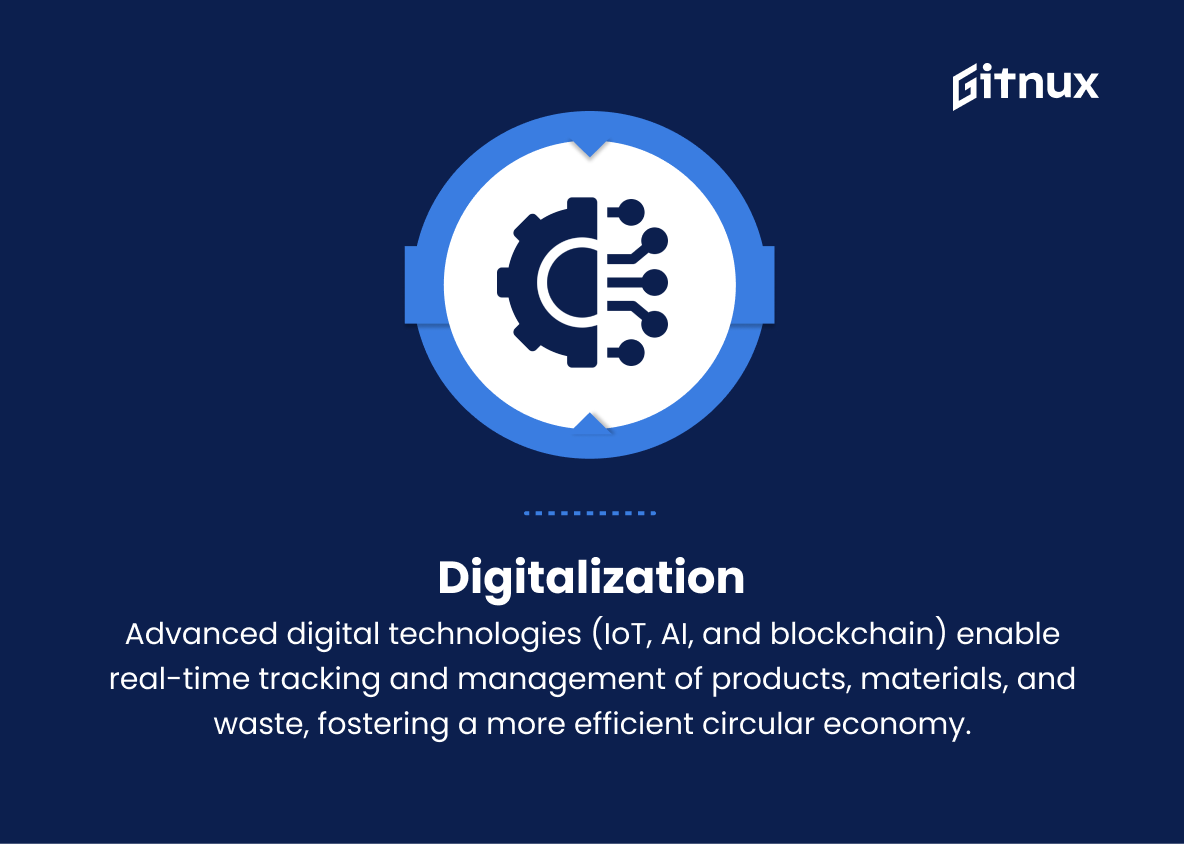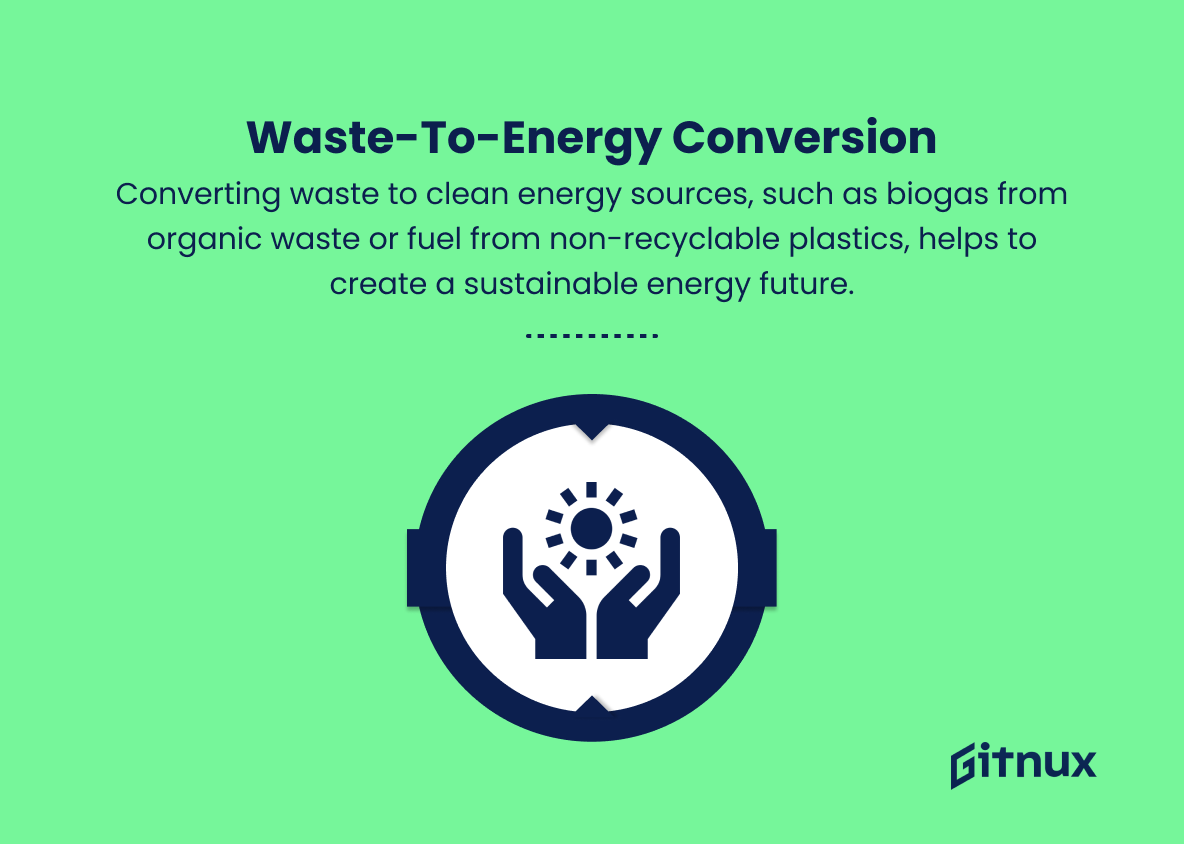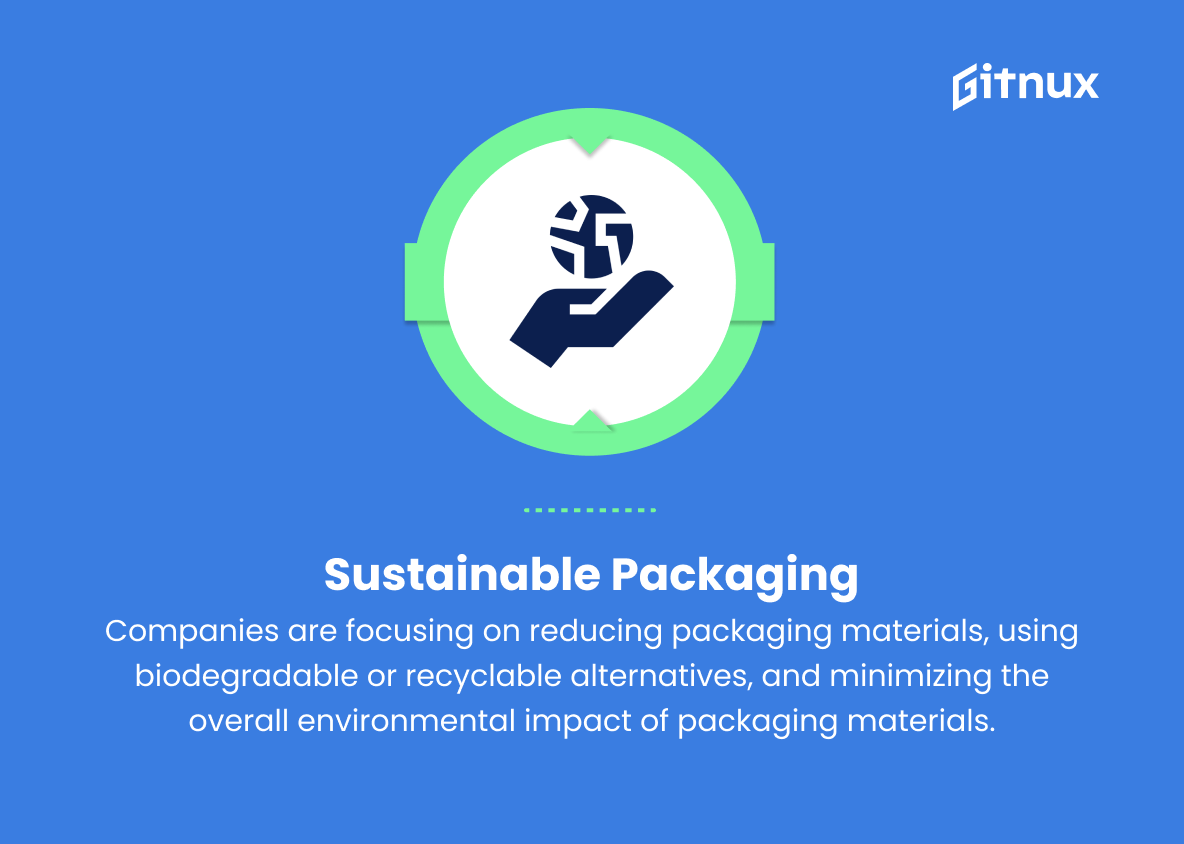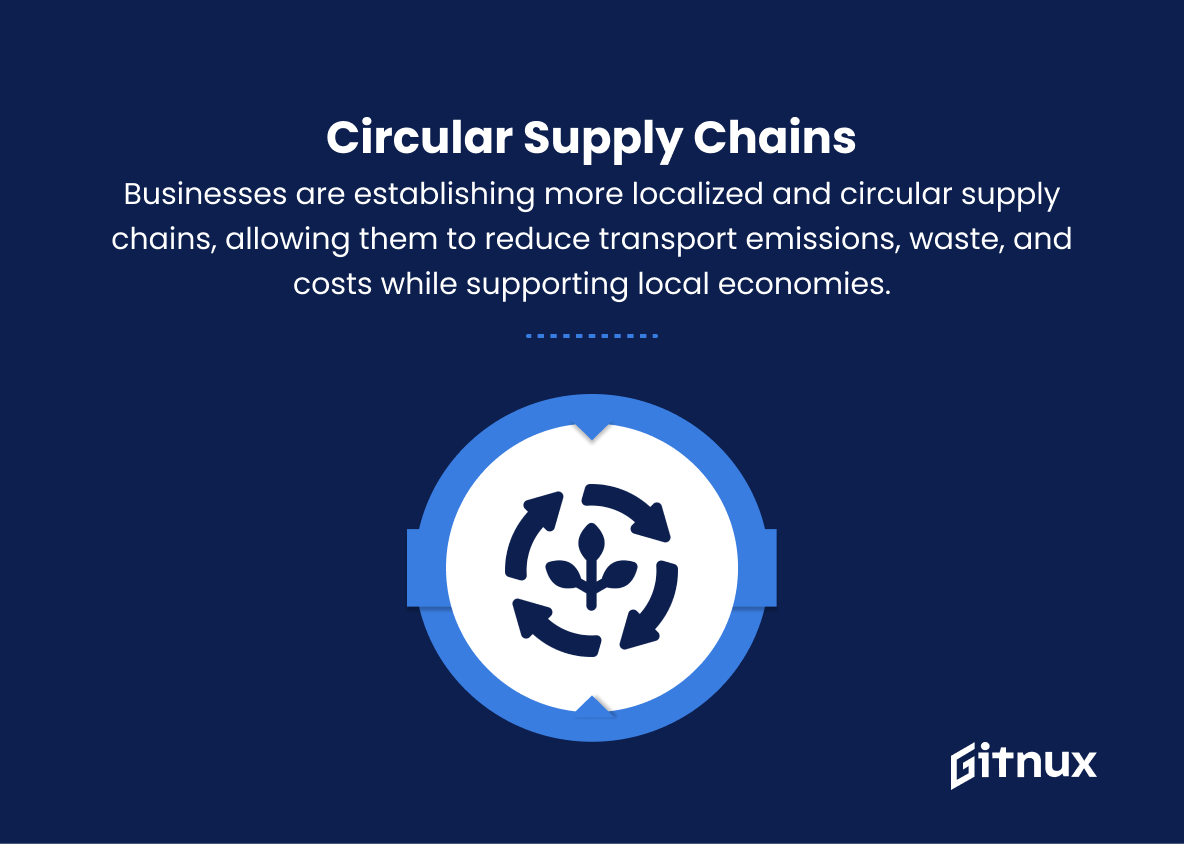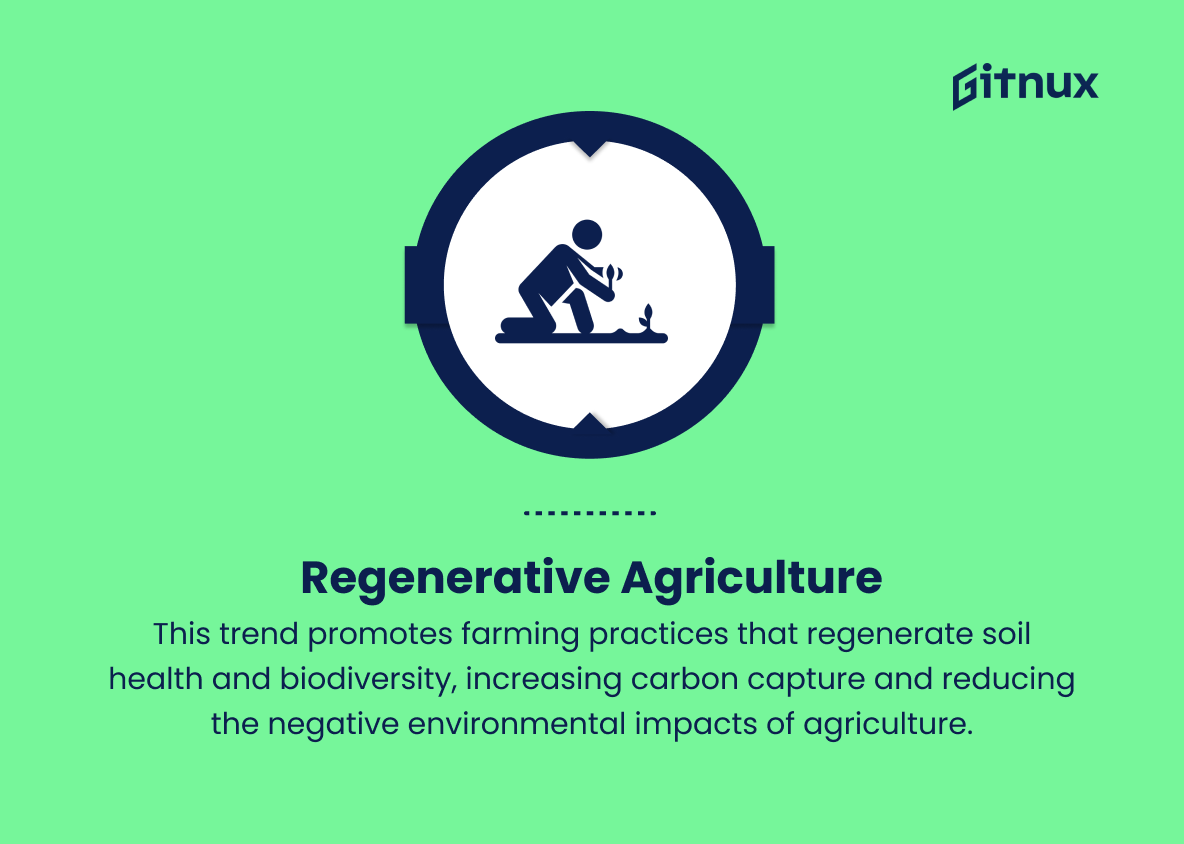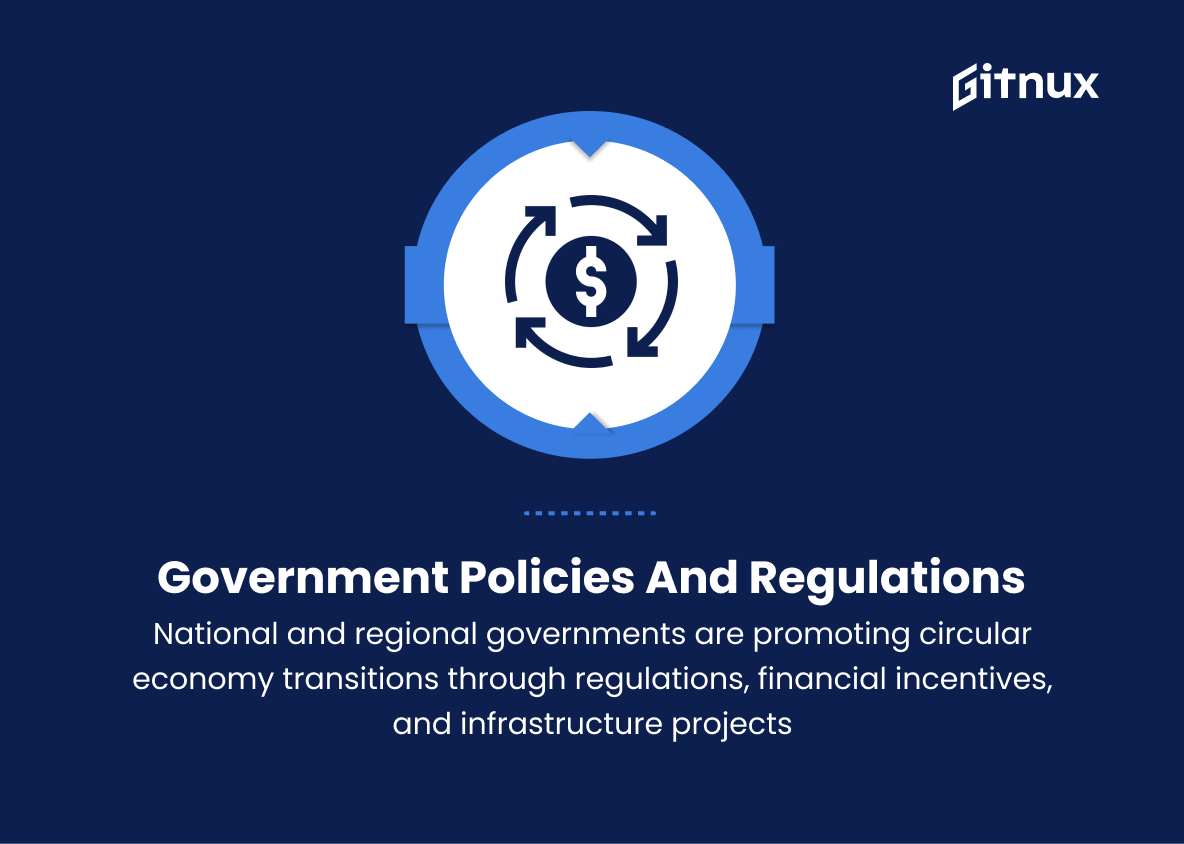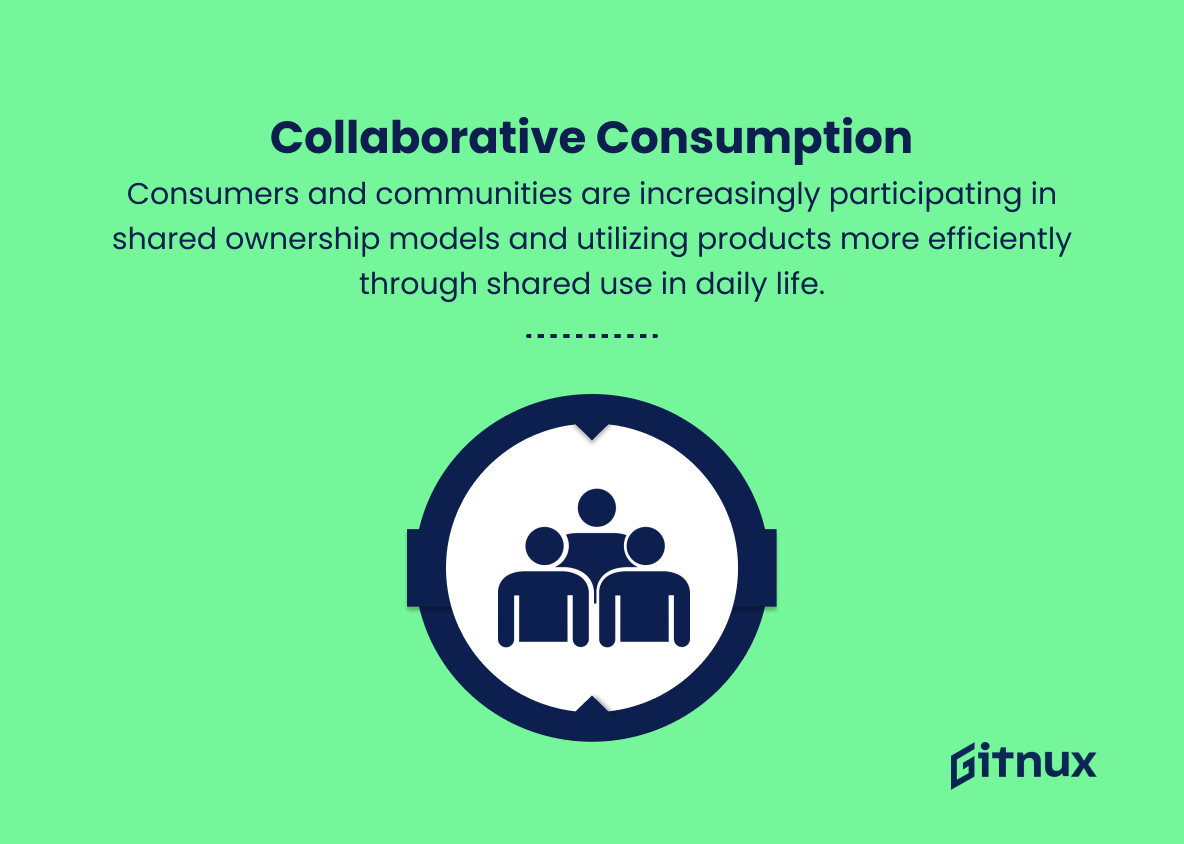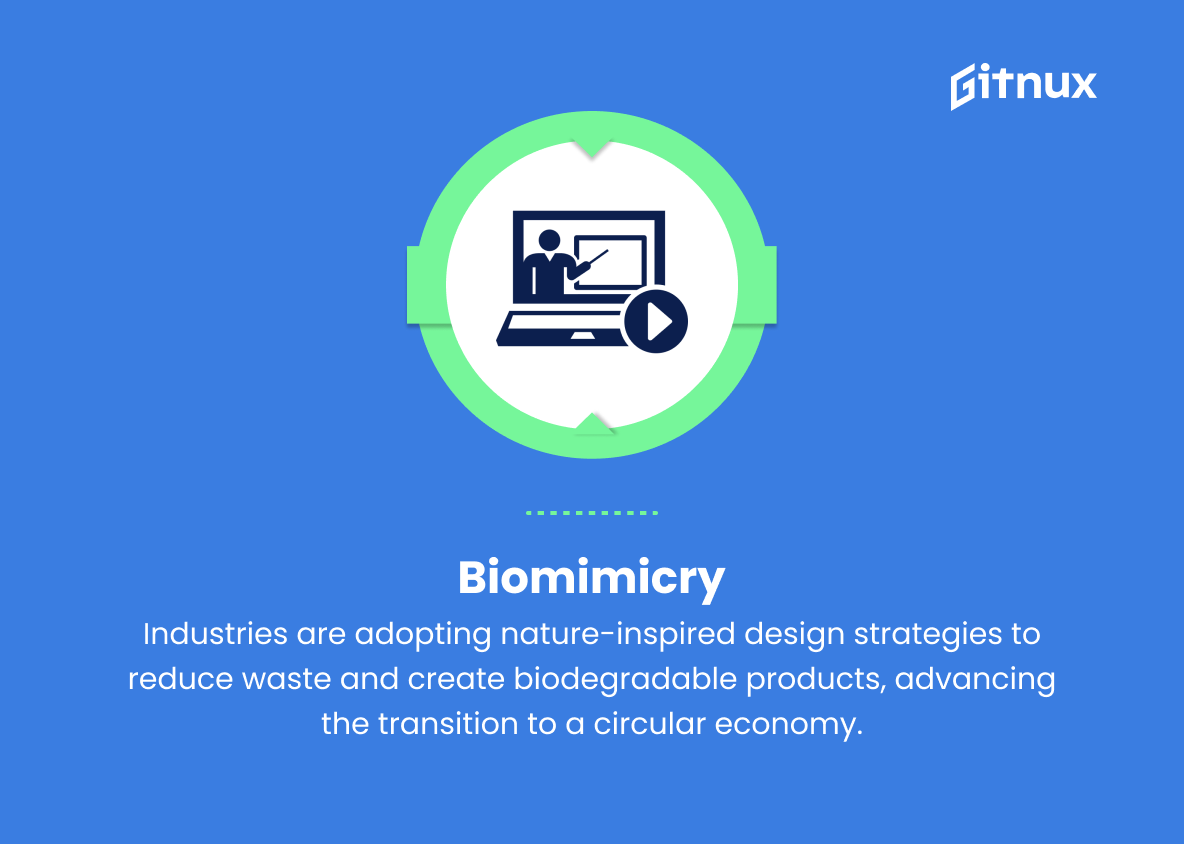In today’s rapidly evolving global landscape, the need for sustainable and resource-efficient economic models has become a critical prerogative. As we witness the growing demand for solutions to minimize waste and promote the efficient use of our planet’s resources, the concept of a Circular Economy has gained significant momentum.
This comprehensive blog post will delve into the latest Circular Economy Trends, shedding light on the transformative strategies and innovative practices shaping the path towards an eco-conscious future. From dynamic shifts in production methodologies to groundbreaking advancements in sustainable technologies, join us as we explore the revolutionary changes within the world of Circular Economy that are redefining the way we view and interact with our environment.
Top Circular Economy Trends
1. Zero-waste manufacturing
Industries are focusing on using innovative production techniques that minimize waste, reduce pollution, and optimize resource use throughout the production process.
2. Product-as-a-service
Companies are shifting from selling physical products to providing access to those products as a service, which lets consumers use products without needing to own them. This shift encourages and enables longer product lifecycles and prevents early obsolescence.
3. Extended Producer Responsibility (EPR)
Manufacturers are increasingly taking responsibility for their products throughout their lifecycle, including repair, take-back, and end-of-life disposal programs, minimizing waste and resource depletion.
4. Sharing economy
Sharing platforms are gaining popularity, encouraging the collaborative use of resources and helping optimize their value and use.
5. Remanufacturing
This trend involves restoring used products to a like-new condition by replacing critical parts, maintaining original performance standards, and repurposing them for resale.
6. Modular and circular designs
The design industry is moving towards creating products with more easily replaceable parts or interchangeable modules that can be easily repaired, upgraded, or swapped for new functionality.
7. Digitalization
Advanced digital technologies such as IoT, AI, and blockchain are enabling real-time tracking and management of products, materials, and waste streams, contributing to a more efficient circular economy.
8. Waste-to-energy conversion
Increasing focus on converting waste materials into clean energy sources, like biogas from organic waste or creating fuel from non-recyclable plastics, contributes to a sustainable energy future.
9. Sustainable packaging
Companies are focusing on reducing packaging materials, using biodegradable or recyclable alternatives, and minimizing the overall environmental impact of packaging materials.
10. Circular supply chains
Businesses are establishing more localized and circular supply chains, allowing them to reduce transport emissions, waste, and costs while supporting local economies.
11. Regenerative agriculture
This trend promotes farming practices that regenerate soil health and biodiversity, increasing carbon capture and reducing the negative environmental impacts of agriculture.
12. Circular economy education and awareness
Integration of circular economy principles into the education system, as well as public awareness campaigns, help drive understanding and adoption of sustainable practices in the broader society.
13. Government policies and regulations
National and regional governments are promoting circular economy transitions through regulations, financial incentives, and infrastructure projects that encourage businesses and consumers to adopt sustainable practices.
14. Collaborative consumption
Consumers and communities are increasingly participating in shared ownership models and utilizing products more efficiently through shared use in daily life.
15. Biomimicry
Industries are employing innovative design strategies that imitate nature’s efficient use of resources and biodegradable waste, supporting the transition towards a more circular economy.
Implications
As the world shifts towards a circular economy, we are witnessing transformative changes in various sectors. Innovative zero-waste manufacturing techniques are leading to reduced pollution and minimized waste, while product-as-a-service models are extending the lifecycles of goods and preventing obsolescence. The adoption of Extended Producer Responsibility programs encourage manufacturers to take ownership of their products from creation to disposal, while sharing platforms optimize resource utilization through collaborative consumption.
The rise of sustainable design trends, such as remanufacturing, modular and circular designs, and biomimicry further complement these efforts, promoting environmentally friendly practices. The integration of advanced digital technologies enables real-time monitoring and management of resources, contributing to the efficient functioning of the circular economy. Waste-to-energy conversion, sustainable packaging, and localized, circular supply chains are also playing vital roles in reducing environmental impacts.
In the agricultural sector, regenerative practices help rehabilitate soil and biodiversity, lowering the industry’s carbon footprint. Public education and awareness campaigns foster understanding of the circular economy and drive the adoption of sustainable practices. Government policies and regulations support these transitions by providing incentives and infrastructure for businesses and individuals to embrace eco-friendly practices. Overall, these circular economy trends have vast implications for our future, leading to a more sustainable, resource-efficient world with reduced waste, pollution, and environmental degradation.
Conclusion
In summary, circular economy trends are transforming the way businesses and industries operate, paving the way for a more sustainable future. By embracing these innovative approaches, such as resource recovery, recycling, product-as-a-service, and regenerative design, organizations can not only improve environmental outcomes but also create economic opportunities and enhance social wellbeing. As we face the challenges of climate change and finite resources, it’s crucial to adopt circular economy principles to drive lasting change and secure a prosperous future for generations to come.

